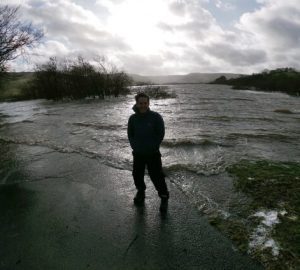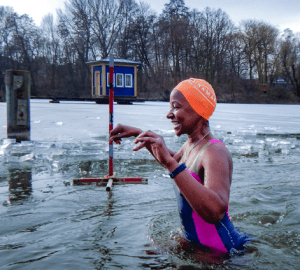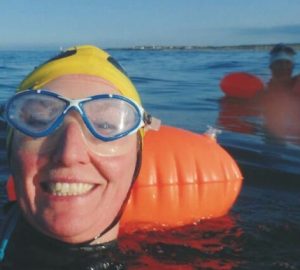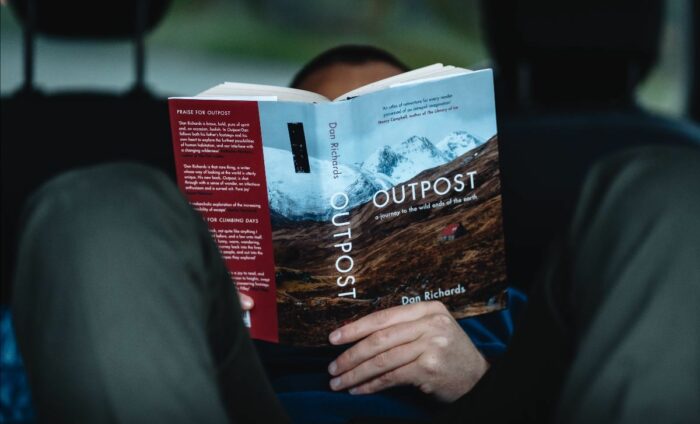
Inspire the adventure: my life in outdoor books
The story of new nature writing goes hand in hand with the contemporary upsurge in wild swimming. Indeed, my own exploration of nature writing mirrors my deep dive into the world of outdoor swimming. Roger Deakin’s Waterlog leapt onto the literary scene in 1999, leaving in its wake a new generation of swimmers keen to explore the UK from the water. “Wild swimming” was born, and with it a new genre of nature writing where the personal experience of being in nature and the outdoor world is central to the book.
Over the past decade, nature writing has inspired my own adventures in the natural world as well as taken me on armchair journeys to places that I still long to visit. Especially now, when our travel options are so limited, exploration of landscape is more important than ever. As I read, I mark up places I want to visit, list things I want to experience. I can map my own adventures in the outdoors by the books on my shelves: my obsession with climbing trees stems from reading Deakin’s Wildwood; tramping gloomily across East Anglia from WG Sebald’s Rings of Saturn; sleeping on a beach from Robert Macfarlane’s The Wild Places. The Wild Places became the most thumbed of my books, a guidebook to adventures across the UK and spark for explorations both mental and physical – from solitude and the history of hermits to the sounds of the Scottish highlands.
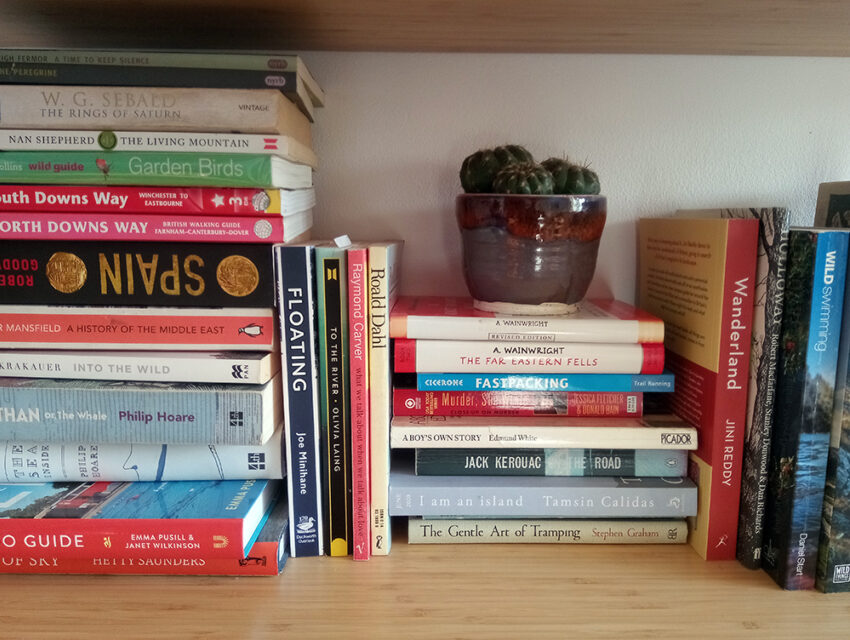
Explore the landscape from your bookshelves
As I became more obsessed with nature writing I tumbled headfirst into books new and old. TH White’s The Goshawk and its exercise of power, cruelty and sexual repression, lately followed by Helen Macdonald’s H is for Hawk. Another book about a hawk, The Peregrine by JA Baker, still thrills years after first reading – its incantatory prose records the obsession of man with bird. Nan Shepherd’s The Living Mountain – an account of living in the Cairngorms – contains one of my favourite descriptions of cold water swimming: “This plunge into the cold water of a mountain pool seems for a brief moment to disintegrate the very self; it is not to be borne: one is lost: stricken: annihilated. Then life pours back.” I read beyond “new” nature writing, starting with Gilbert White’s The Natural History and Antiquities of Selborne, first published in 1789. Still eminently readable, the book contains observations of local flora, fauna and wildlife. Across the pond to Henry David Thoreau before switching back to a “spiritual autobiography” of the English countryside published in 1883, The Story of My Heart by Richard Jefferies; and more sexual repression (and otters) in A Reed Shaken By The Wind and the Ring of Bright Water series by Gavin Maxwell. At the same time as I read these books and swam outdoors more, I was also trail and mountain running. Inspired to get out into the wildernesses of our country and abroad, I devoured books like Born to Run and magazines such as Like the Wind. Guidebooks, from Wainright’s classic guides to the Lakeland fells to Wild Guides to hidden swimming spots and Alastair Humphreys’ Microadventures began to fill up my shelves as what I read in nature books sparked a desire to explore the outdoors.
It’s a journey that continues as new writers present their exploration of the natural world. For months I resisted The Outrun by Amy Liptrott, only to be fully consumed by her prose and story as soon as I started reading. Likewise Raynor Wynne’s The Salt Path, another author who, along with Amy, I have been proud to feature in the pages of Outdoor Swimmer. We have also ‘swimterviewed’ Jini Reddy, asking important questions about diversity and access to the outdoors. A new generation of writers is claiming the countryside, offering us new eyes with which to see the world around us. As recent events have reminded us, time outdoors is essential to our wellbeing – and after so long cooped up indoors now is the time to get inspired for adventure.
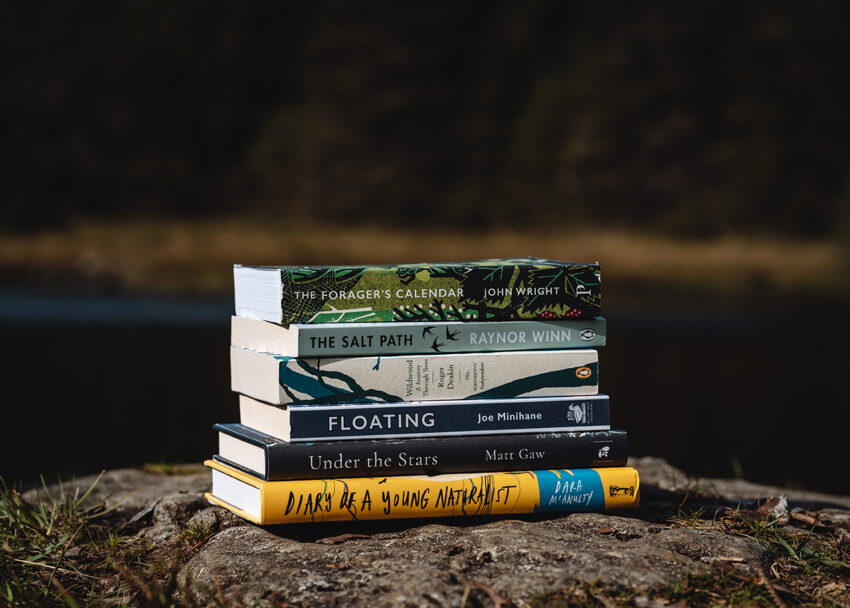
Many of my favourite reads have featured in Adventurous Ink in the past. A subscription is a simple way to regularly immerse yourself in a good book. The best way to discover whether it’s for you is to give it a try. Use the code FIRSTSWIM at checkout to get your first two month’s for the price of one, plus a souvenir printed copy of Future Horizons Past a retrospective of their 2020 books. This is one habit you won’t regret adopting. Find out more.






